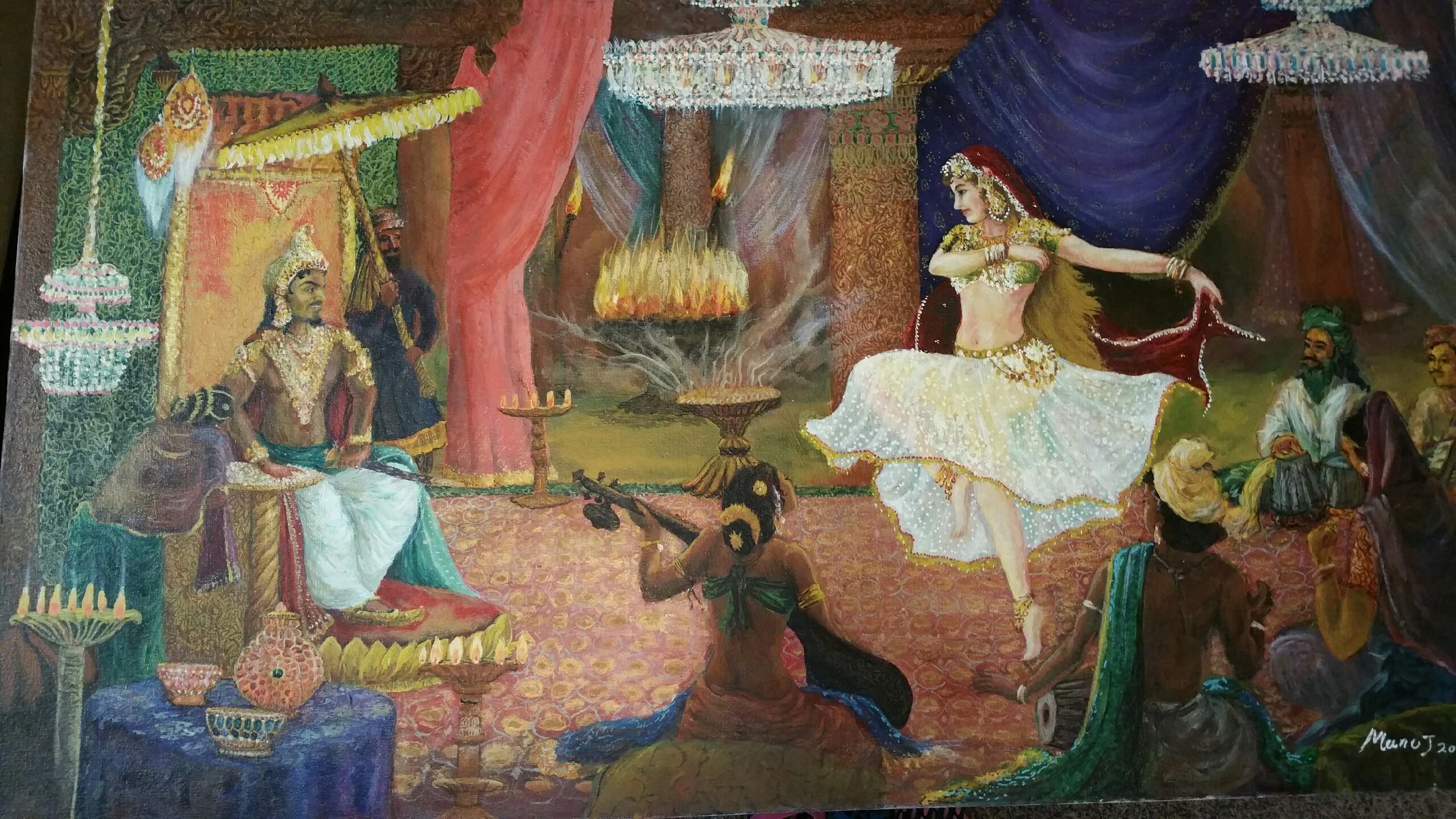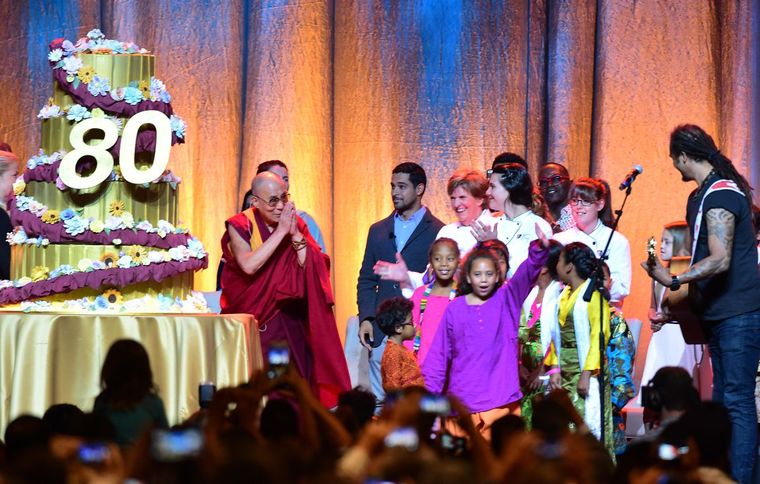
Born in India in 1956, Manoj Vyas began painting at the age of 8 when he
amazed his father with his first mixed medium painting that he created out of
whole rice. His father gave him paper and pencil encouraging him to draw on
paper. But Manoj’s drawing found other mediums also. Many times he
painted with coal and brick on the walls of the neighbors’ houses in his block
and school rooms, and got scolded and spanked by them.
He began participating in all drawing and painting competitions at his school
and soon won a Drawing and Rangoli competition. He also sketched all his
classmates’ portraits at school. His first recognition came when he won the
Second Prize from Gujarat state in statewide competition. To continue his
passion for painting, he joined the SSG School of Arts first, and then the
famous Sir J.J. School of Arts in Bombay from where he got his Art degree.
His first job was with Bombay’s prestigious daily newspaper Indian Express as
a sketch and layout artist. His struggle continued even when he immigrated
to the U.S. in 1985. But even here, his first job took him to the then
prestigious and famous India Abroad newspapers where he worked 7 days a
week. Unable to travel to participate in painting competitions and shows due
to family obligations, he turned his profession into his hobby.
Manoj has now started traveling to Europe in the last 5 years and has visited
art galleries and museums at United Kingdom, Barcelona and other cities in
Spain, and Rome and other areas in Italy. Painting still remains his passion
and he now devotes more time to it, sometimes even waking up from sleep to
quickly sketch ideas on canvas. He draws inspiration for painting from
legends, folk tales and real life.
The mediums for the little boy who used walls and coal have changed to
canvas. Manoj has made a successful transition from his Indian background
to his current American home. Today his canvas is large, covering real life
portraits, religious paintings, and even Nudes as and when required by
clients. And his mediums range from water colors and acrylics to oil and wax
colors. His work depicts the conflicts between the spiritual and the material
world, and conflicts between family obligations and the call of his heart, his
art. Drawn from life, his work also represents his fears, hopes, pleasures and
pains.
About Bajiro Mastani:
Manoj says about Bajirao Mastani: “I started this painting in the year of 1997 and it came to a completion in the year of 2005. After the painting was displayed, a lot of people asked me why did it take so long to finish this masterpiece.
These were my descriptions for the painting:
When I was in college, I had done many sketches on this subject but because of other obligations I could not start on the painting then. After that I researched a lot on the history of Bajirao Mastani, but due to the lack of information available at that time I was not successful at finding relevant information. My depiction of Mastani is clearly based on my imagination. Her beauty is so transparent that even in my painting you can visualize that when she devoured paan we can see the red juice going down her neck. Even the sketch of Bajirao was a struggle because once again I did not have any physical pictures. At my best knowledge I thought for having a male figure to draw, I would need a live person to visualize Bajiraos figure. I had a good friend who is an art lover, a south Indian movie actor and who has the understanding of the depth for art. He himself relates to Bajirao because he also married out of his caste because he was in love.
“In the painting I have shown nine figures from which five of them are musicians, two of them are Bajiraos servants, and two are Bajirao and Mastani themselves. In the painting, I have shown that Mastani is dancing for the first time in front of Bajirao and this is when they both fall in love and he is ready to shower her with pearls which you can see in the beautiful painting. I even tried to reflect the historical interior that was used back in those days. The lavish, grand, and unique decor which also reflect the royal colors. The musicians that I have shown in the painting are described as wearing traditional Indian clothes, jewelry and are playing the traditional Indian instruments. They are sitting on majlis, which is a traditional sitting is surrounding Bajirao and Mastani. Out of the five musicians, four of them are Hindu and one male is a Muslim man that always went around with Mastani as her tabla player.
“The painting has so much details that you cannot imagine by these few words written here. The words do not do justice to the original beauty that this painting showers.
“I have purposely chosen not to spread the word about this painting in the past because ninety percent of the Indian people did not know about the historical part of the story. Now that movie has been released, I have decided to let this painting of mine go public.”
Manoj is a versatile painter who paints in almost every medium- water color, acrylic, oil, pastel & stowing colors; on paper, wood, canvas & metal.
He desires to make big paintings on mythological subjects like Ramayana and Baghvat Gita.
Manoj’s paintings have been displayed at a number of art galleries in India, UK and USA. Recently, one of his paintings was on display at Ashok Jain Gallery in New York.
For more information, please visit the website manojvyas.com





Be the first to comment